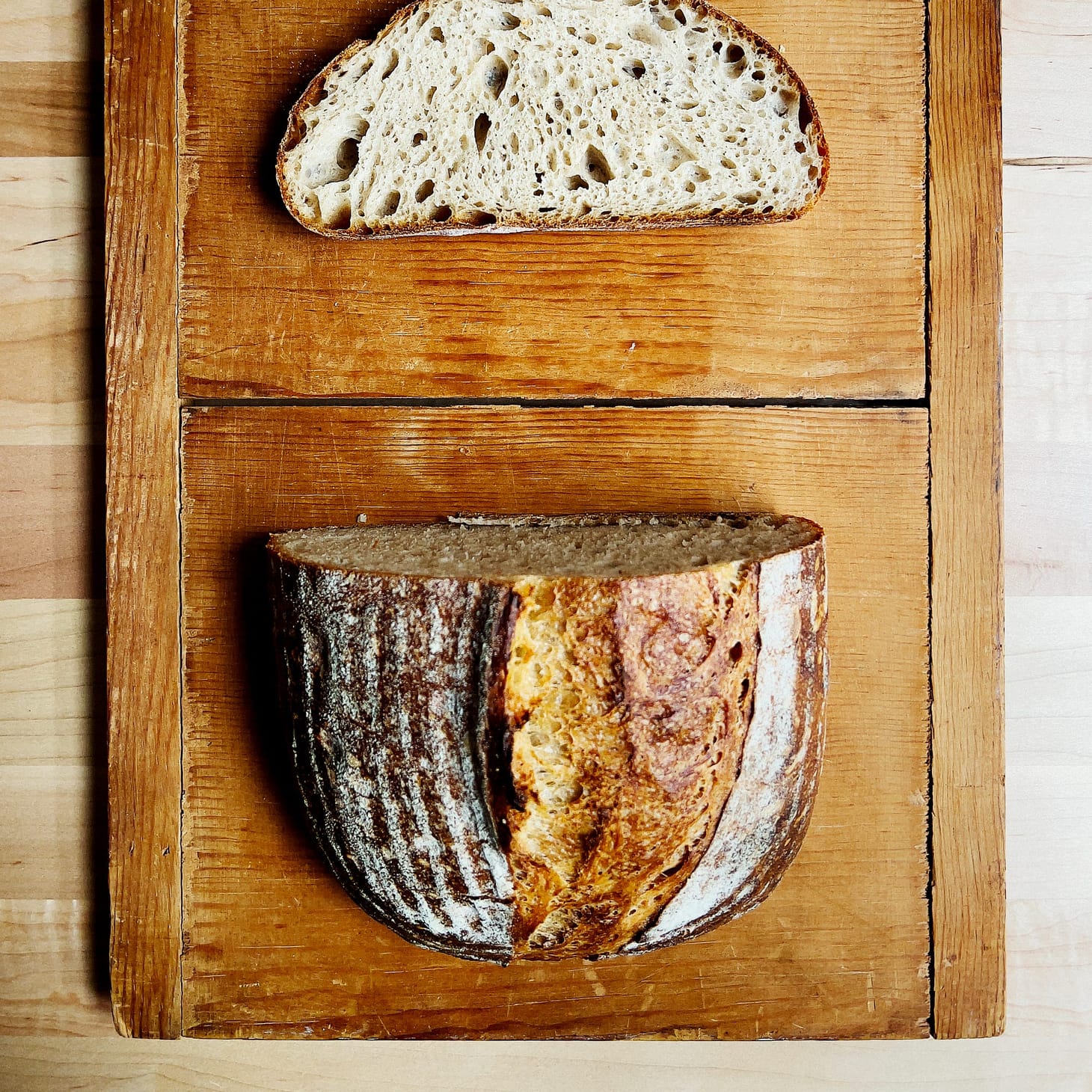Do this ONE thing to improve your sourdough starter 400% right now!
j/k this isn't YouTube

This content is for Paid Members
Unlock full access to wordloaf and see the entire library of members-only content.
SubscribeAlready have an account? Log in



